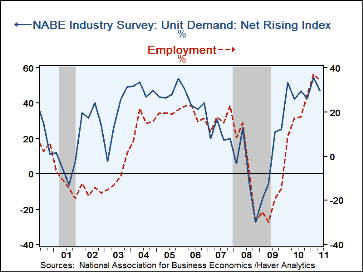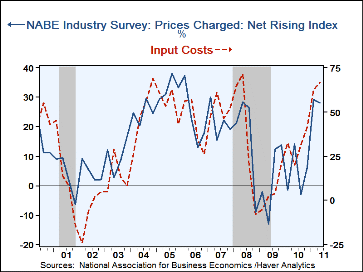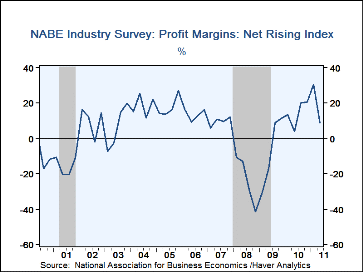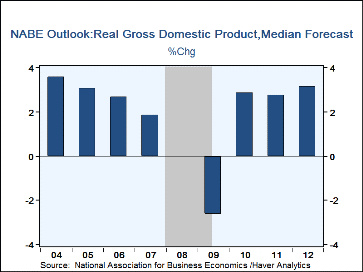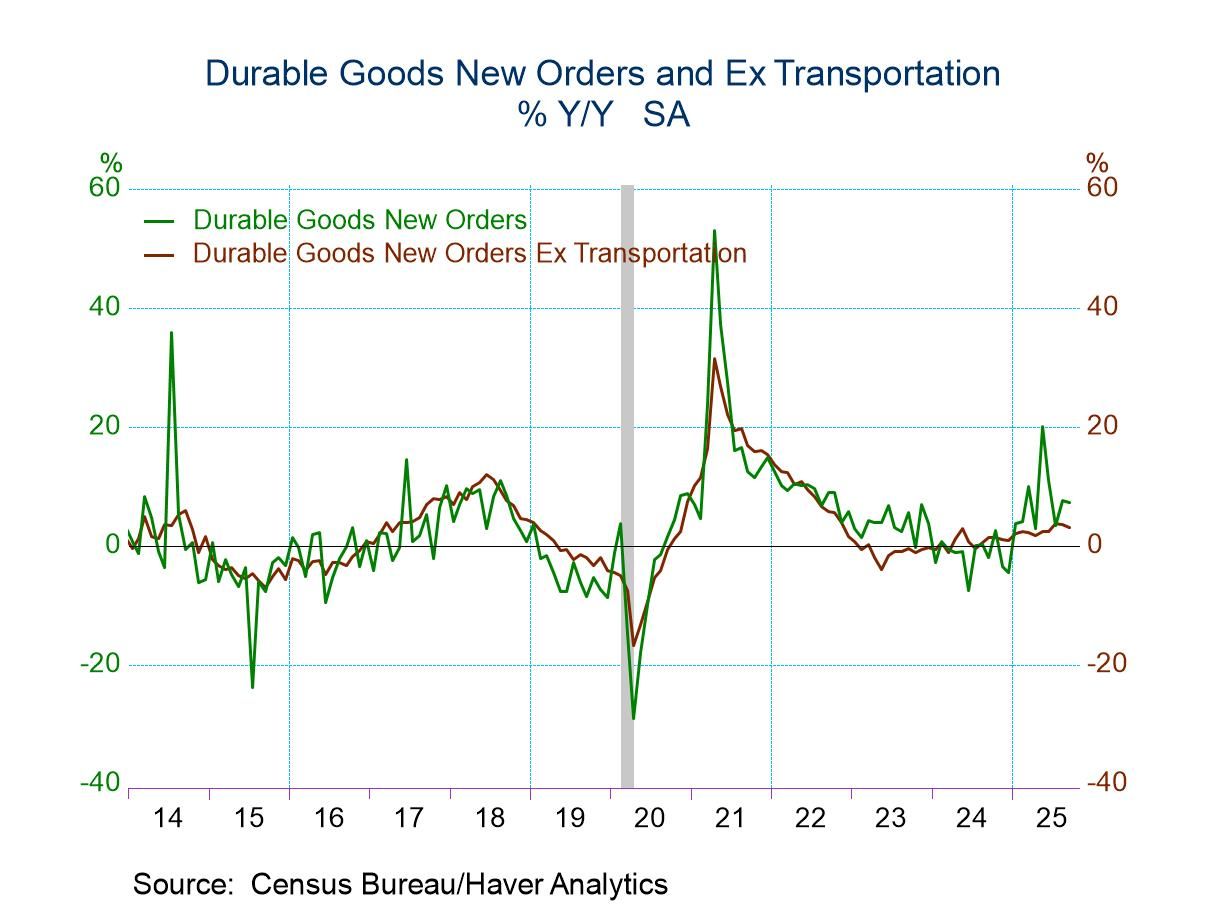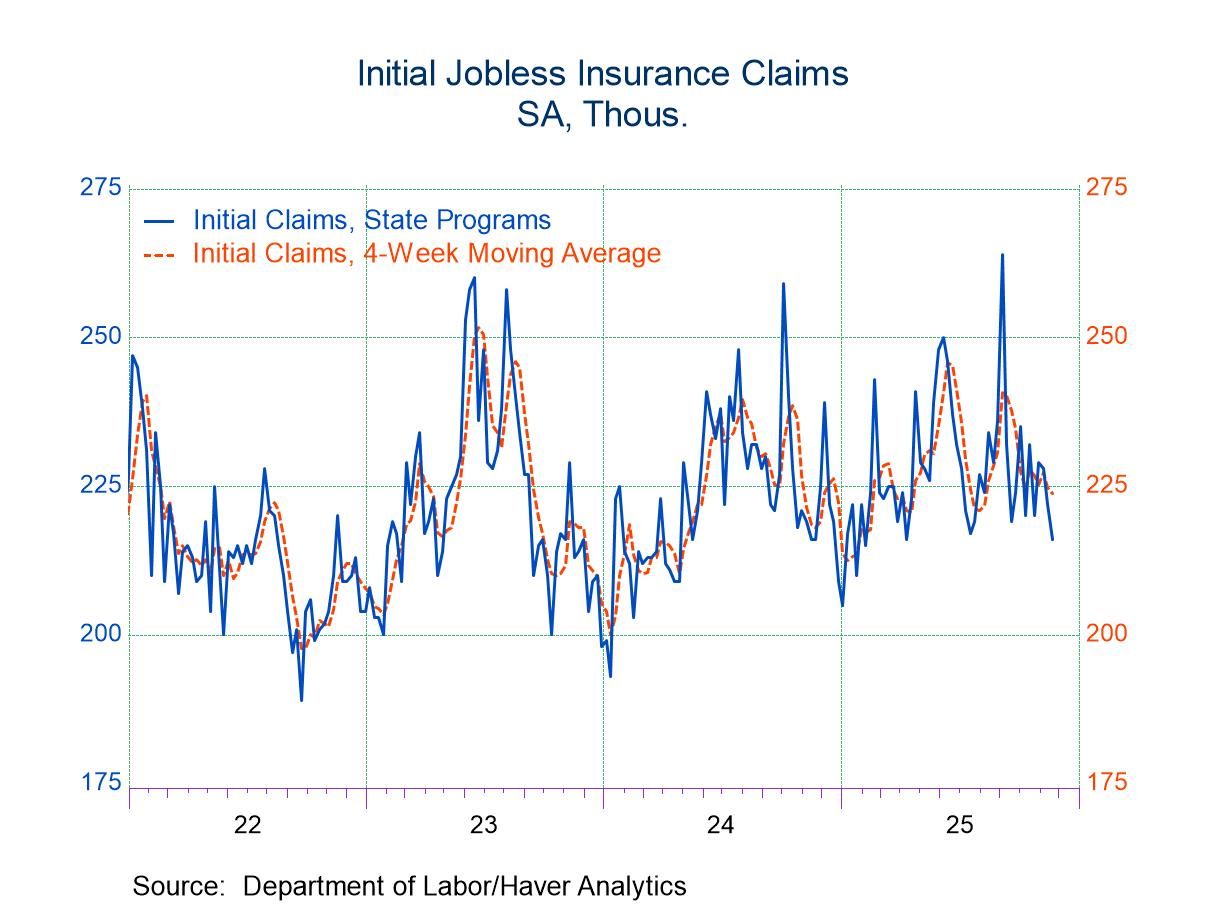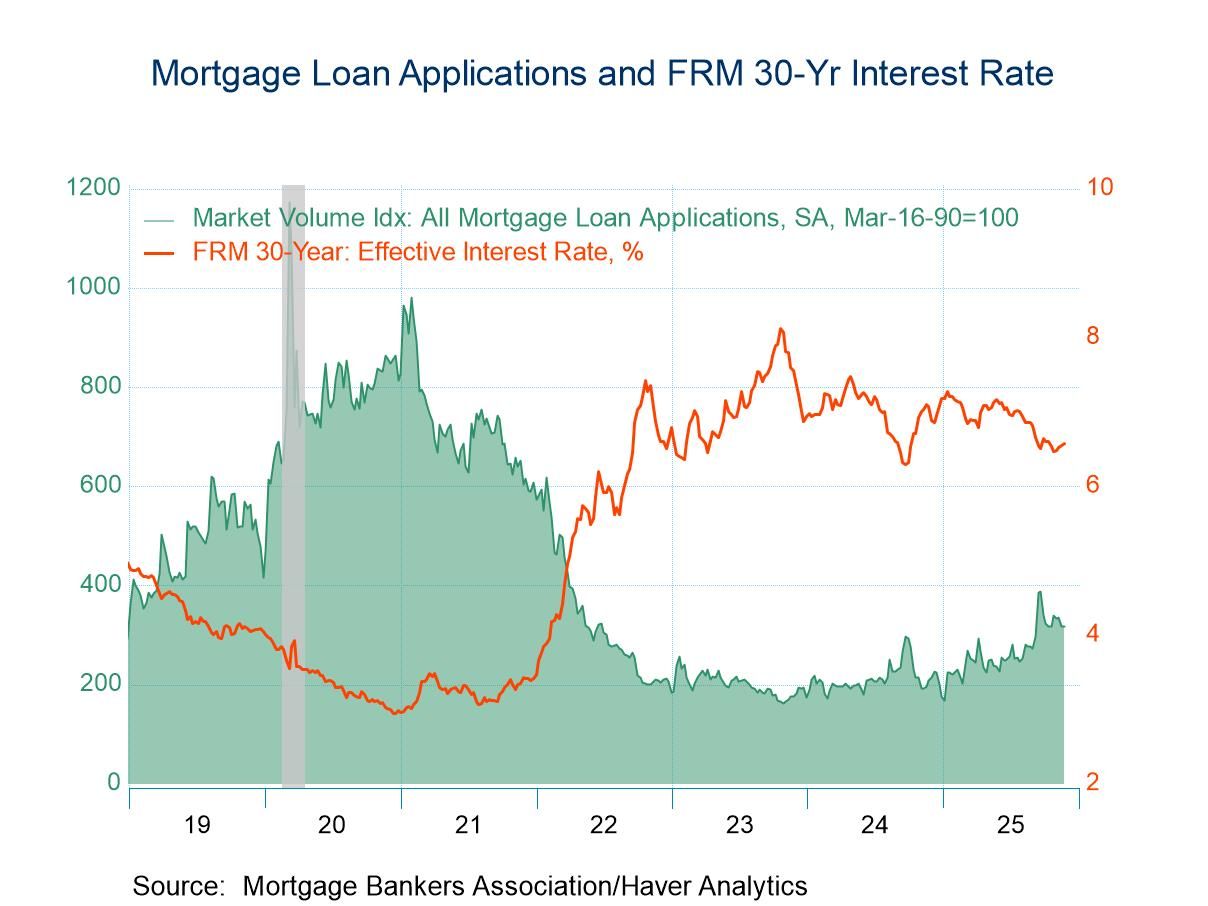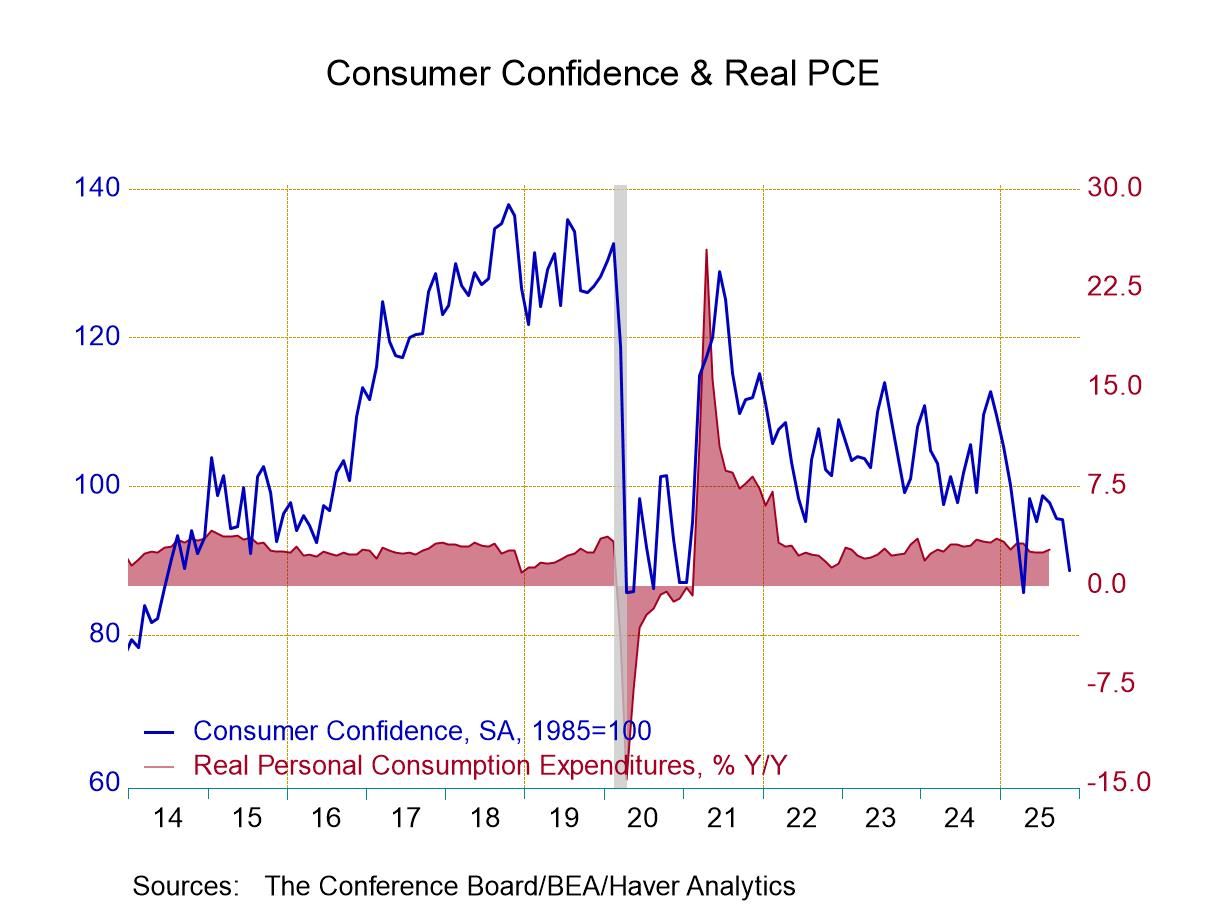 Global| Jul 18 2011
Global| Jul 18 2011NABE Survey of Economic Trends Shows Demand Growing, Prices Rising But Profits Weakening
by:Tom Moeller
|in:Economy in Brief
Summary
The National Association For Business Economics (NABE) today released its latest Industry Survey. It paints a picture of continued recovery in the U.S. economy. First, though the unit demand figure for Q2 slipped versus Q1, the level [...]
The National Association For Business Economics (NABE) today released its latest Industry Survey. It paints a picture of continued recovery in the U.S. economy. First, though the unit demand figure for Q2 slipped versus Q1, the level remained the highest since Q1'06. Along with that improvement came growth in the employment and capital spending numbers. The preceding series generally are considered leading-to-coincident economic indicators.
From the later-cycle series, however, the survey evidenced signs of economic stress. First, the index of input costs surged to its highest level since Q2'08, certainly reflecting the rise in energy costs. In addition, though the figure for prices charged slipped Q/Q, it remained near the highest level since Q1'07. Finally, even though growth in wages & salaries was diminished Q/Q, it also remained elevated.
This combination of rising demand and higher costs hit profits hard. The profits index fell last quarter to its lowest in a year. Recently, there has been some easing of cost pressures with the downtick in energy prices. That should help profits. It's questionable at this stage of the cycle, however, whether that easing will sufficiently counter the rise in compensation costs and materially lift profits. Labor costs generally make up roughly three-quarters of businesses costs.
In a separate survey, cost pressures recently caused economists to reduce the GDP growth forecast in 2011 to 2.8% from 3.3%. That growth expectation is back to where it was late last year. Still, the outlook for growth in 2012 is for a pickup. So maybe concerns over the staying power of the recovery are exaggerated. But, as always, the question, remains whether growth can continue to be positive in the face of building costs?
NABE surveys business conditions as to whether business conditions are rising, unchanged or falling. It then subtracts falling from rising to calculate the net.
The figures from the latest NABE report can be found in Haver's SURVEYS database.
| NABE - Net Rising Index (%): Conditions Over The Past Three Months | Q2'11 | Q1'11 | 2010 | 2009 | 2008 |
|---|---|---|---|---|---|
| Unit Demand | 47.2 | 54.3 | 45.7 | 7.3 | -0.2 |
| Employment | 34.2 | 37.1 | 17.9 | -22.2 | -3.4 |
| Capital Spending | 35.7 | 34.8 | 19.5 | -6.5 | 7.3 |
| Input Costs | 66.7 | 62.5 | 31.3 | 5.5 | 37.0 |
| Prices Charged | 28.2 | 29.0 | 4.0 | 2.8 | 16.8 |
| Profit Margins | 8.7 | 30.6 | 14.4 | -6.8 | -23.5 |
| Wages & Salaries | 27.5 | 32.4 | 14.4 | -1.5 | 14.0 |
Tom Moeller
AuthorMore in Author Profile »Prior to joining Haver Analytics in 2000, Mr. Moeller worked as the Economist at Chancellor Capital Management from 1985 to 1999. There, he developed comprehensive economic forecasts and interpreted economic data for equity and fixed income portfolio managers. Also at Chancellor, Mr. Moeller worked as an equity analyst and was responsible for researching and rating companies in the economically sensitive automobile and housing industries for investment in Chancellor’s equity portfolio. Prior to joining Chancellor, Mr. Moeller was an Economist at Citibank from 1979 to 1984. He also analyzed pricing behavior in the metals industry for the Council on Wage and Price Stability in Washington, D.C. In 1999, Mr. Moeller received the award for most accurate forecast from the Forecasters' Club of New York. From 1990 to 1992 he was President of the New York Association for Business Economists. Mr. Moeller earned an M.B.A. in Finance from Fordham University, where he graduated in 1987. He holds a Bachelor of Arts in Economics from George Washington University.


